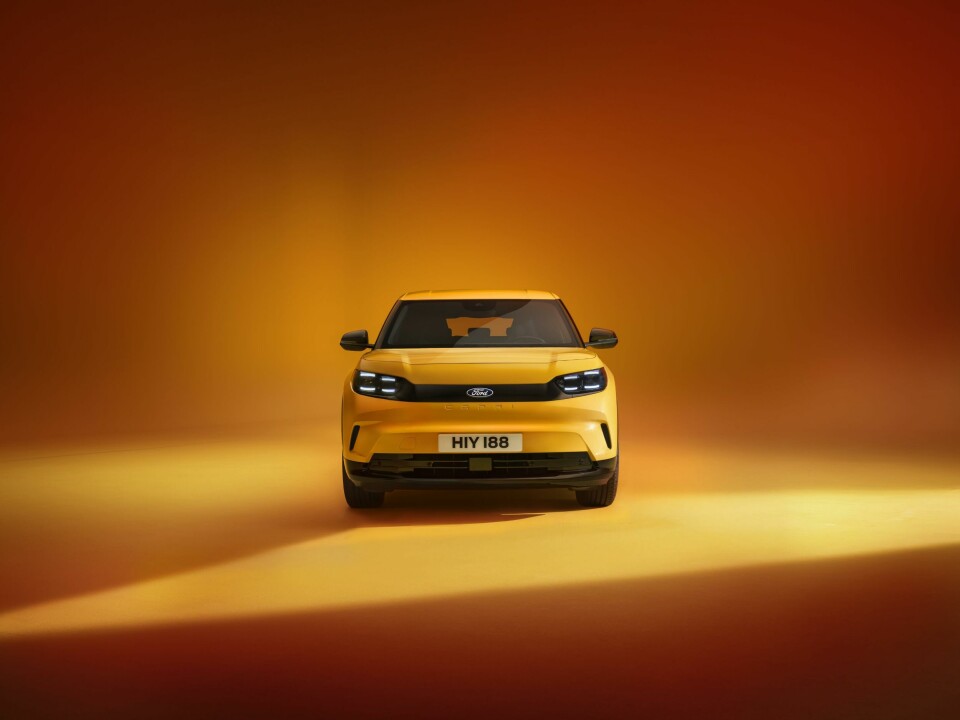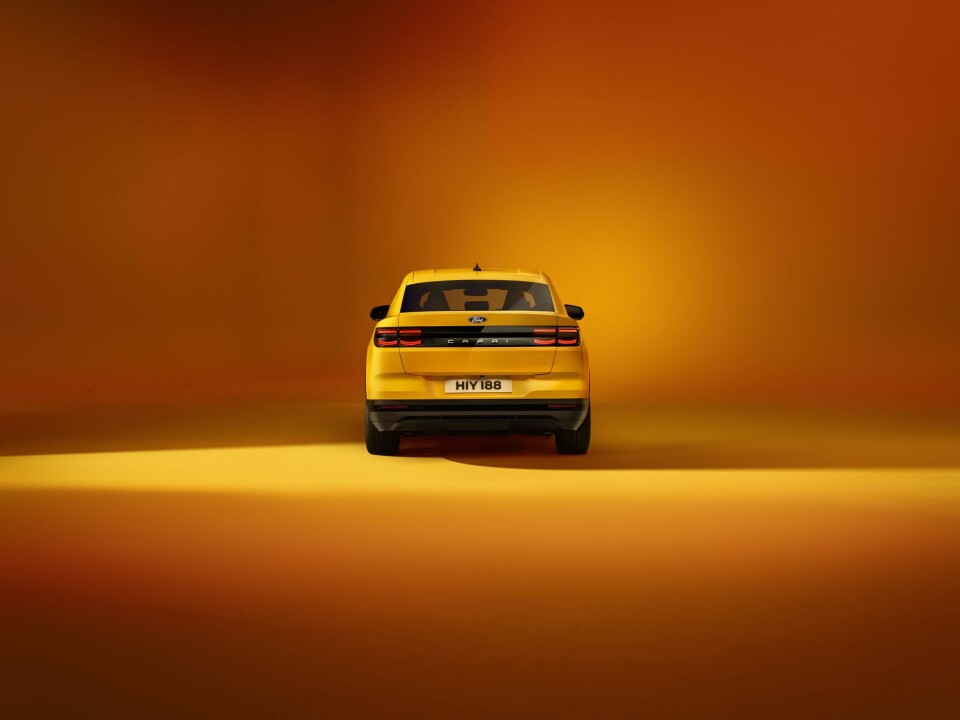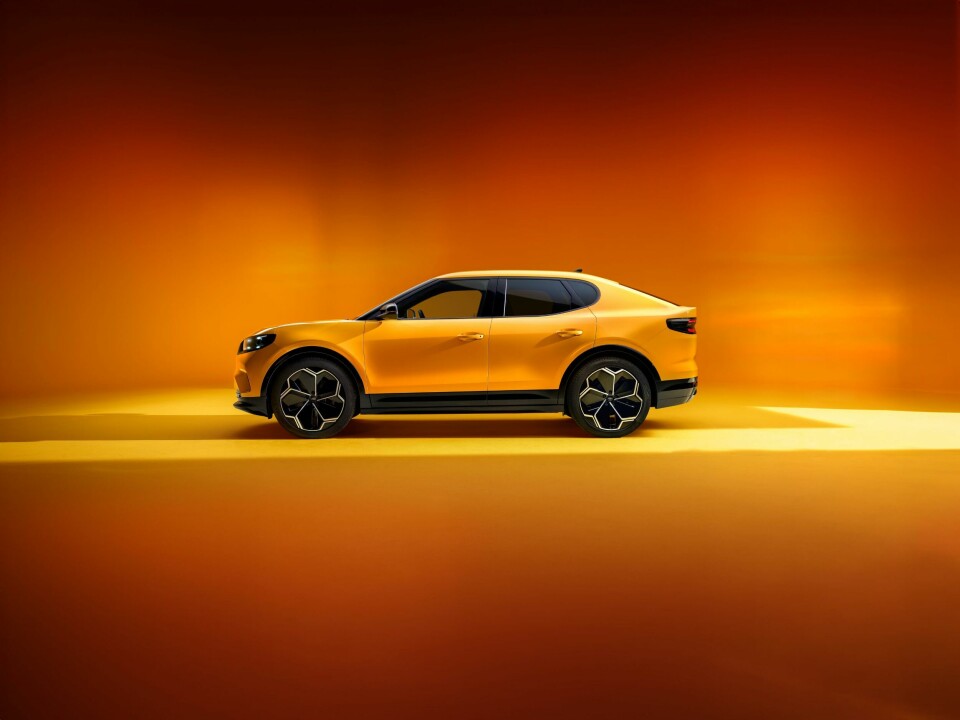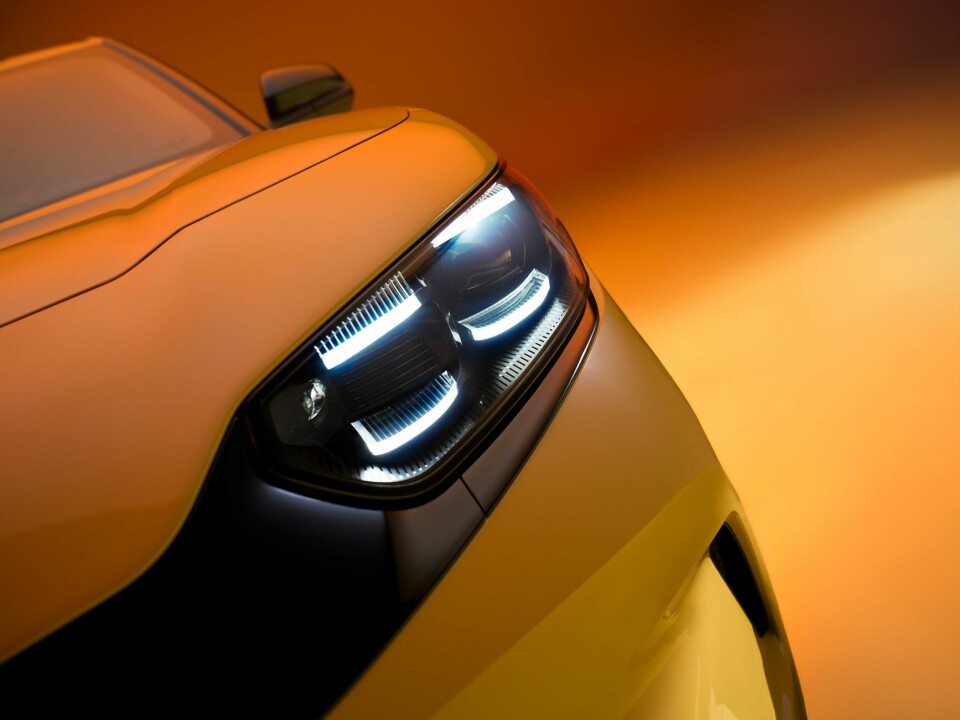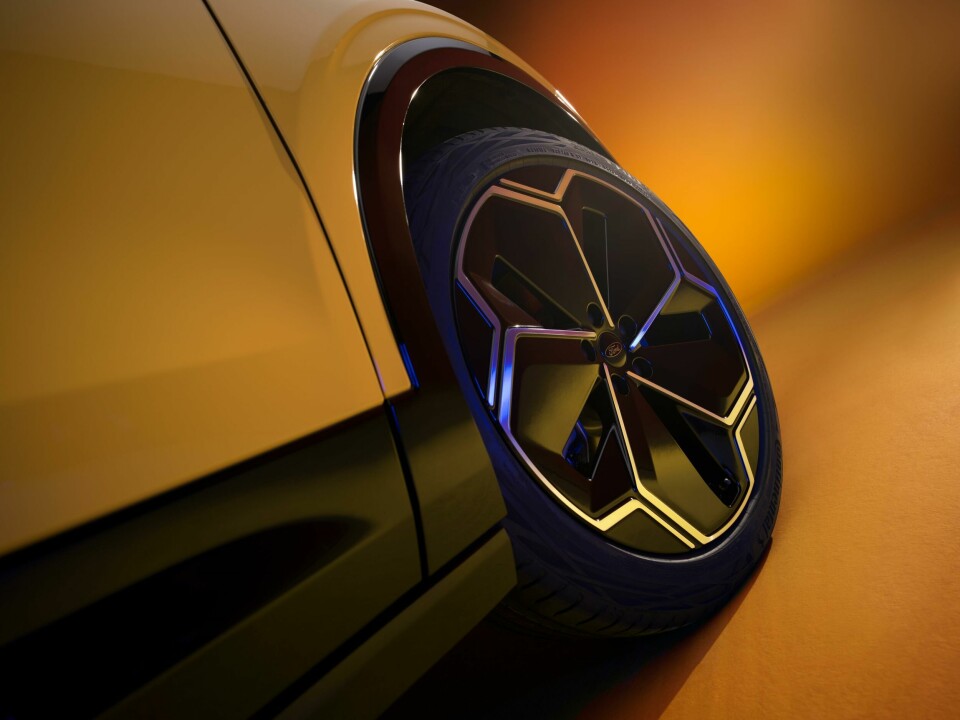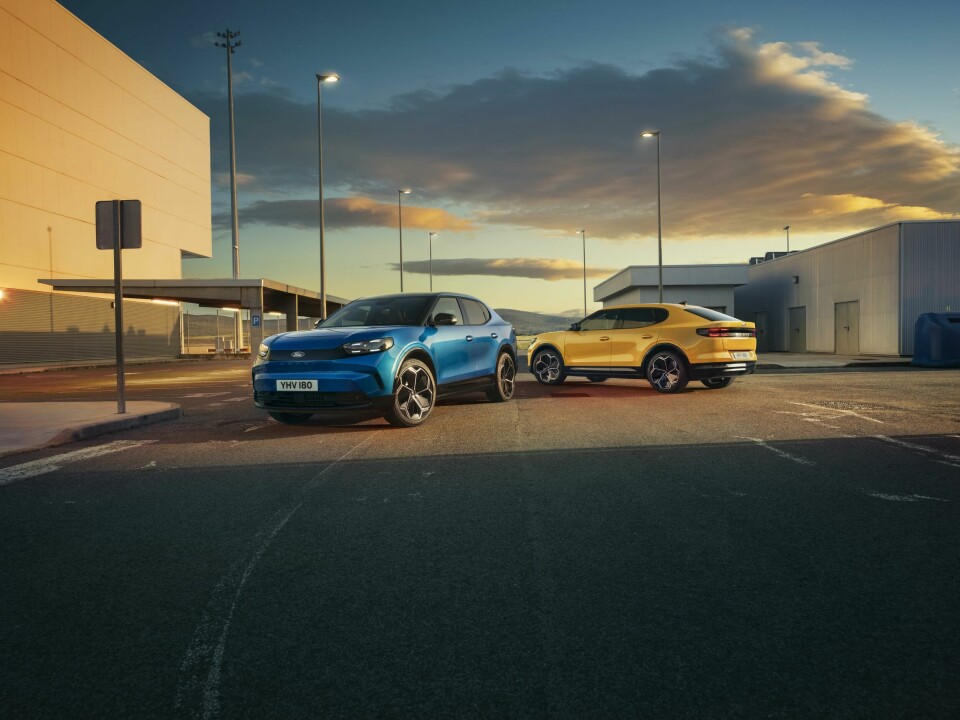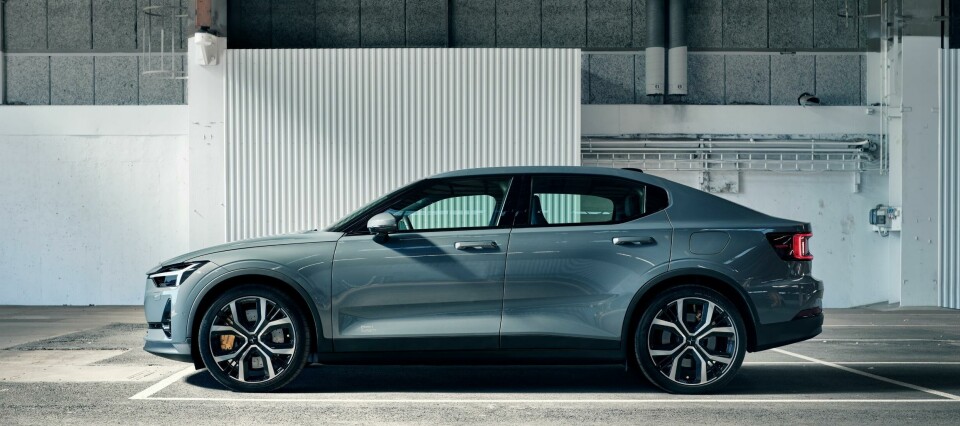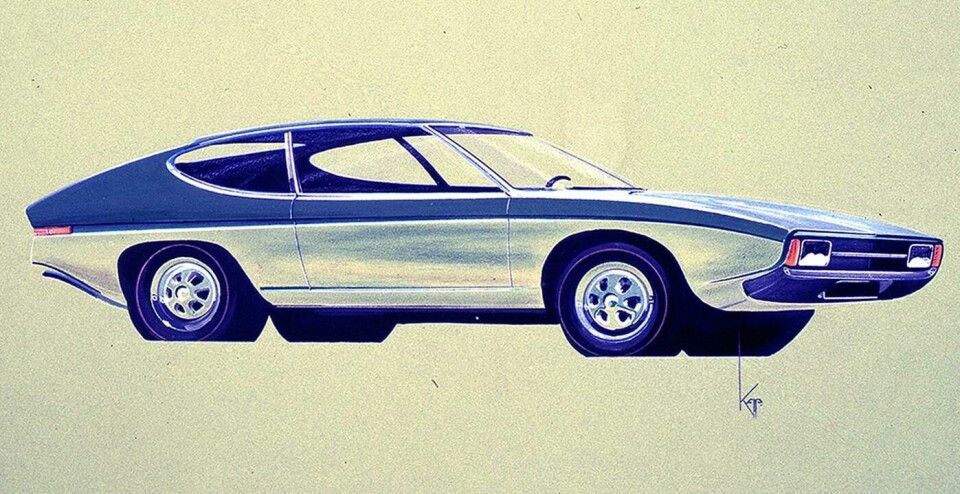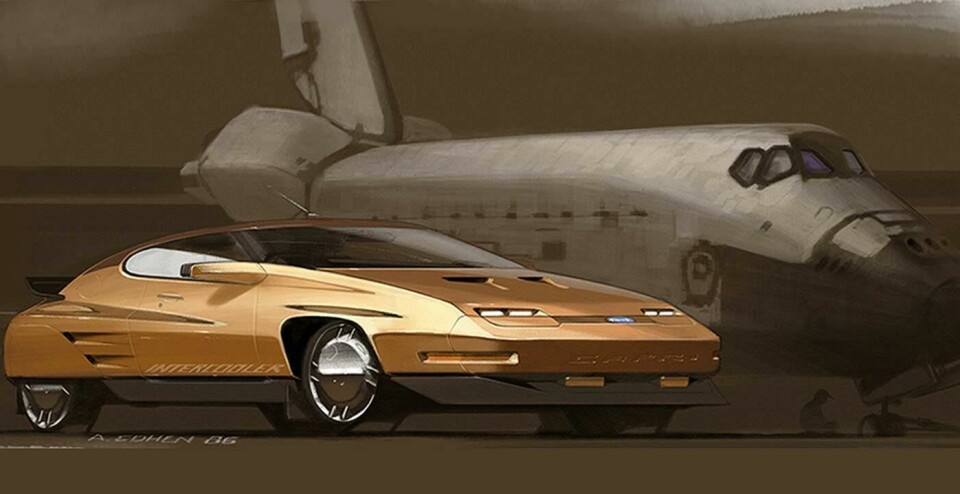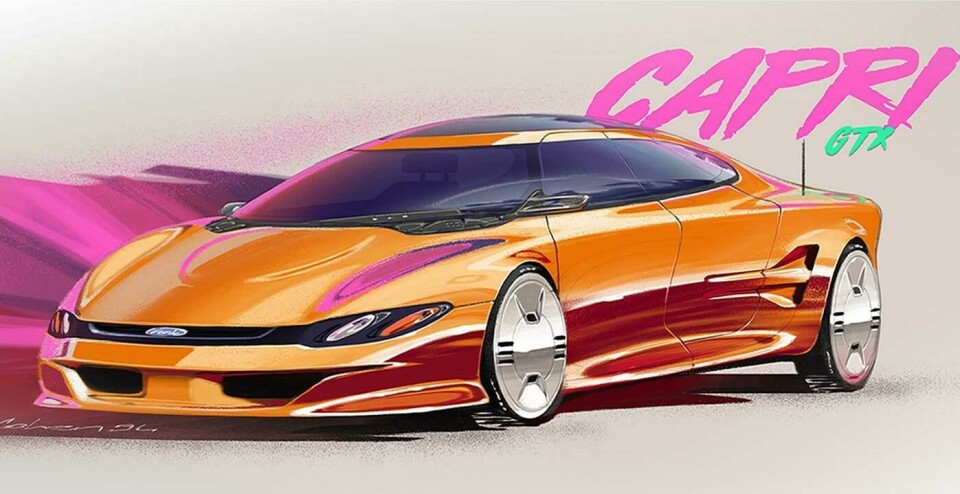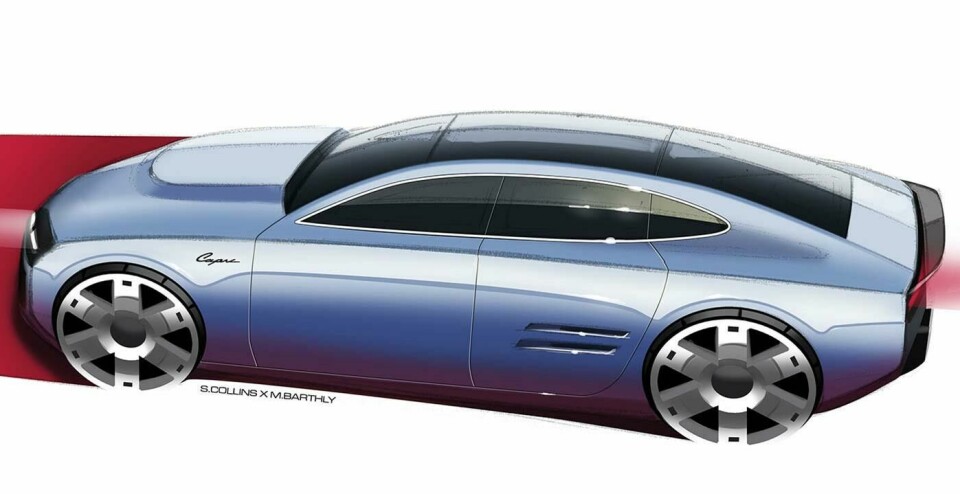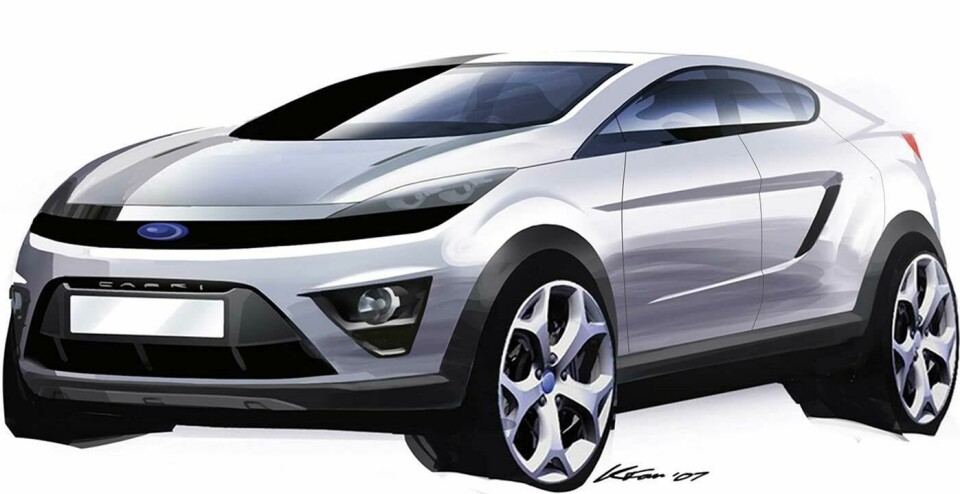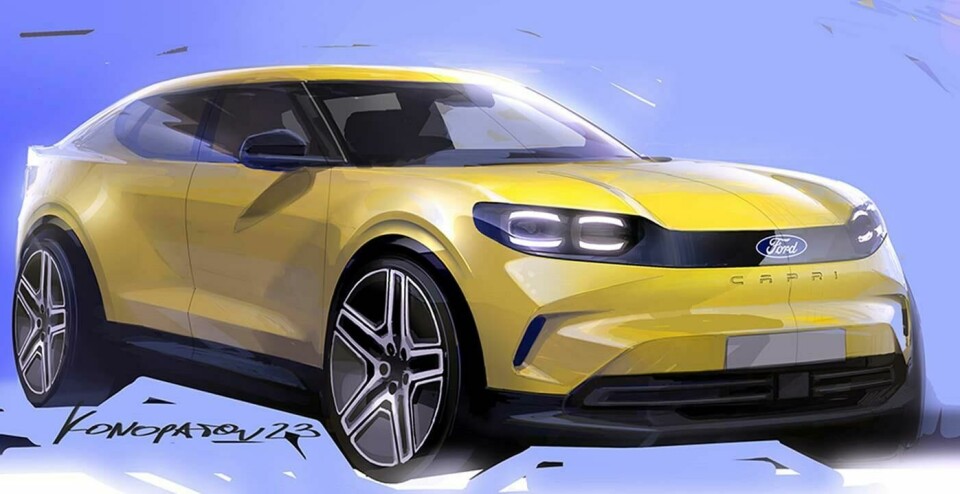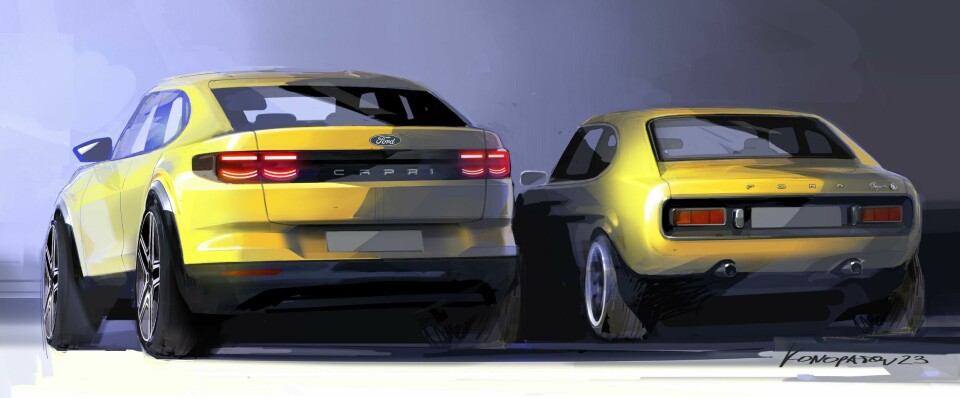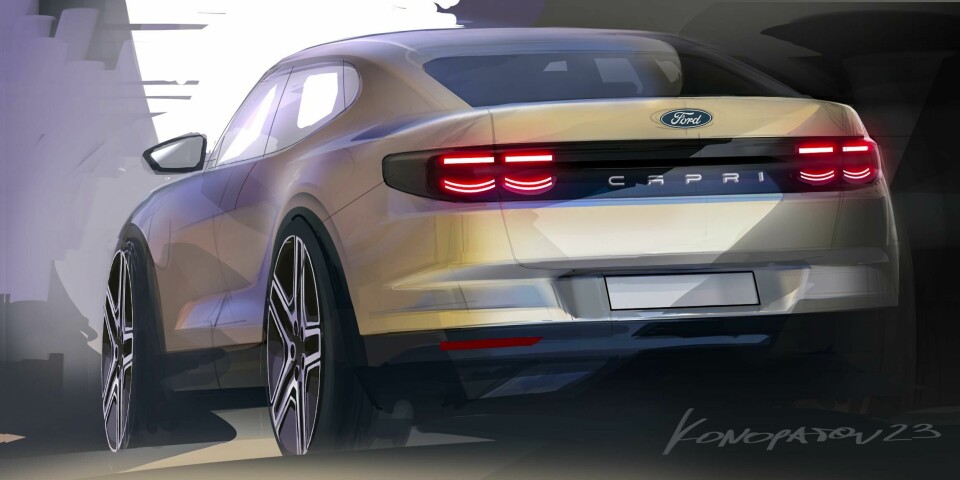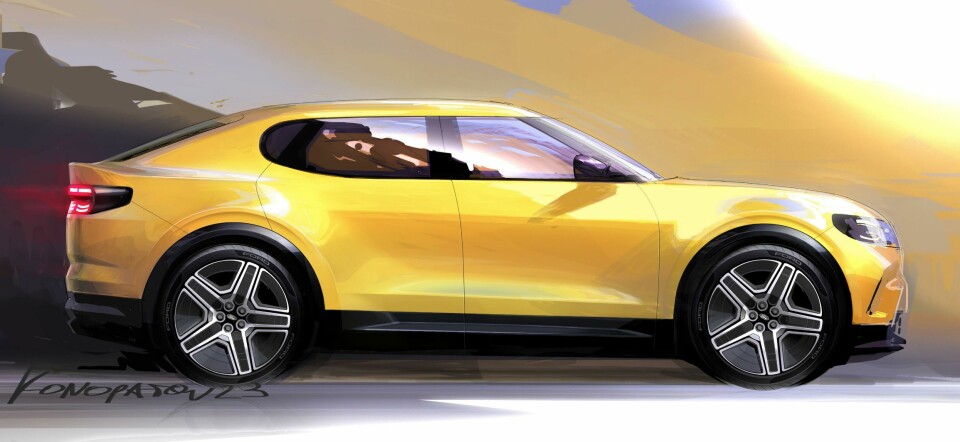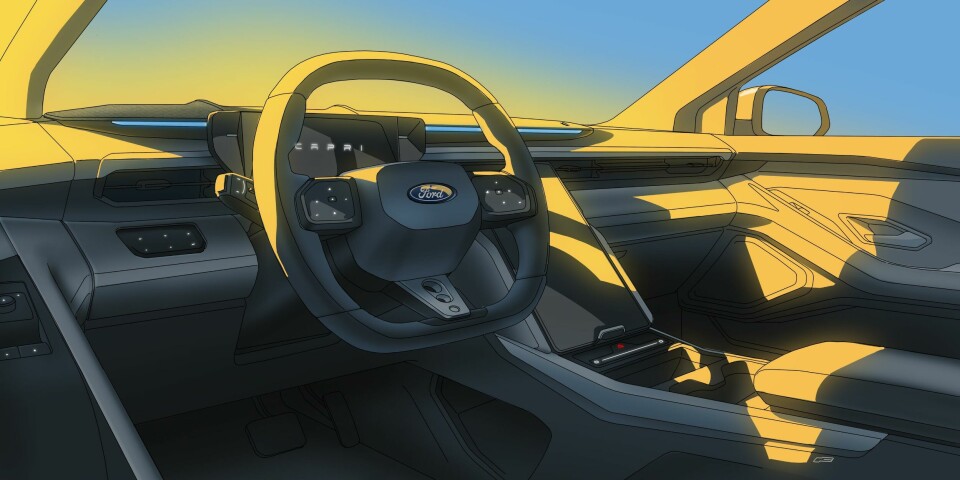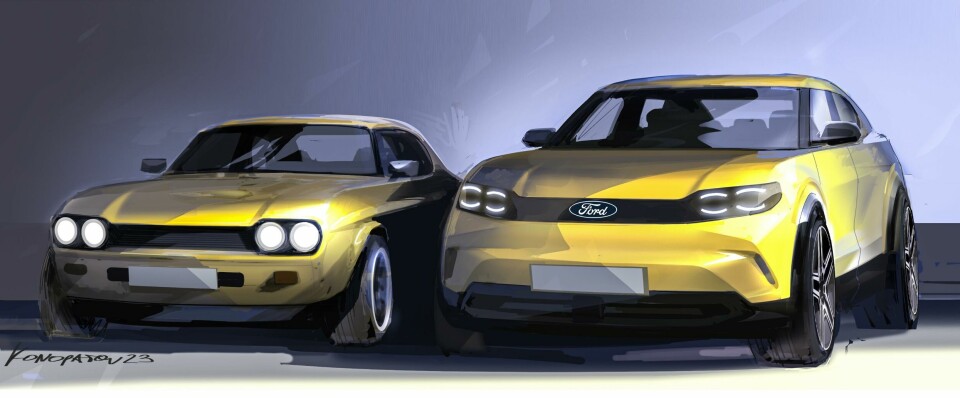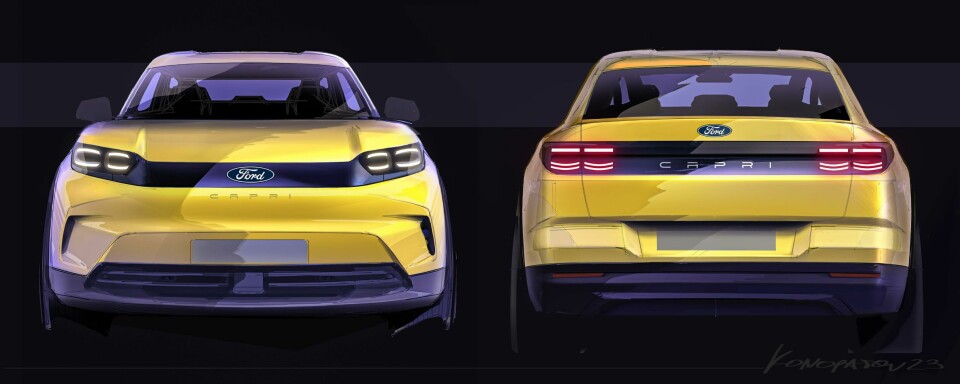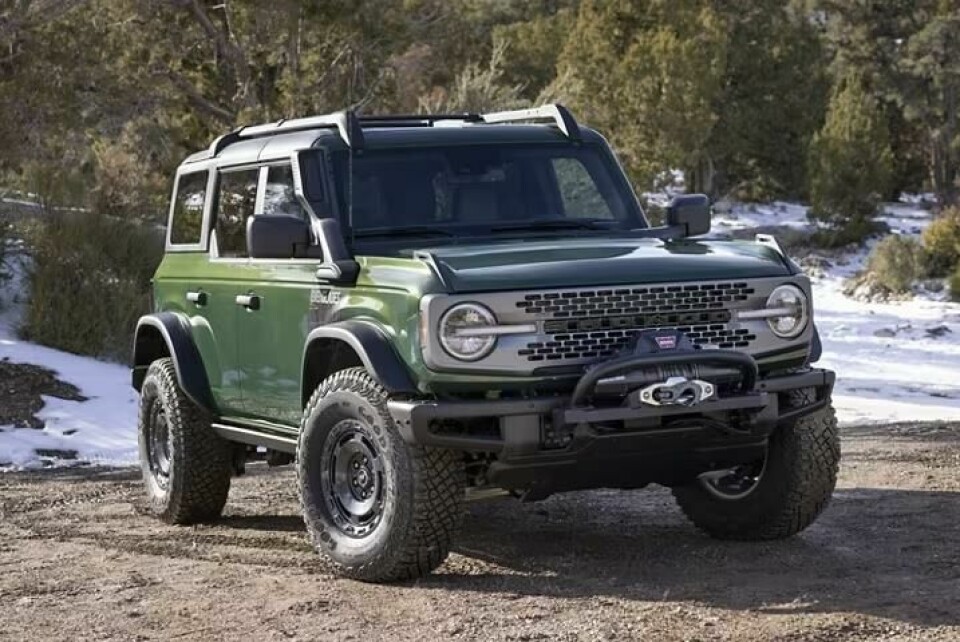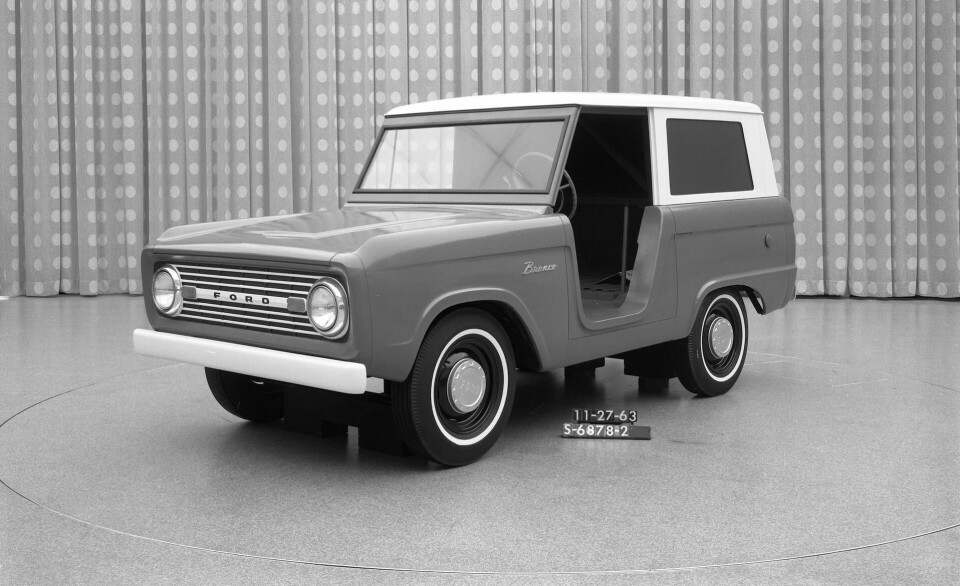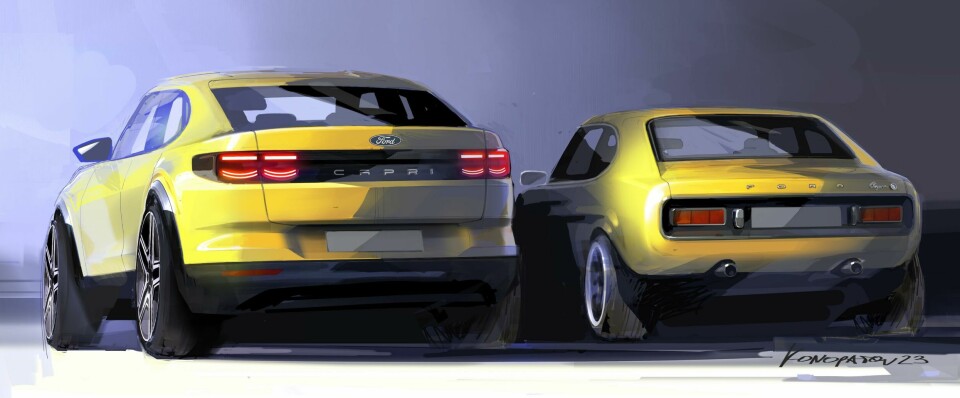
Resurrecting the Ford Capri – pros and cons
Great design, just don’t call it a Capri – or maybe do?
Considering a car’s design carefully after walking around it in the metal is almost always better than making a snap judgement based on a few digital images spread via a social media feed and only seen through your smartphone (possibly in poor light).
Using the former approach twice for good measure, Car Design News saw the reborn Capri over a year ago under embargo in pre-production form and then again at the July 2024 Goodwood Festival of Speed. Despite being inside a cramped temporary exhibition box on the second occasion, we can confirm the new Capri is a coherent design. Whether or not it’s a spiritual heir to the Capri name made famous by the late-60s, sporty-looking GT two-door original with the long nose, we’ll get to later.
One of the things that’s quick to perceive in the new Capri is the quality of its exterior execution. Shutlines are tight and minimal, and where different materials converge the results are usually flush and neat. You won’t see a bunch of sensors and other asymmetric safety addenda protruding from its front face either. They’re carefully hidden behind smooth and logical surfacing.
The new car’s dimensions aren’t startling though, and some commentators have already suggested they have a stronger connection to the Polestar 2 notchback than to any coupe-like Capri past which ended production in 1986 in its third generation. Amko Leenarts, Ford’s design lead on the project and also the brand’s European design director, is clearly a bit riled by the notion. “Some are talking of Polestar on the internet,” he told CDN. “And I guess the strength of the metal pillar above the rear wheel is obviously a really good thing to do, but I’m like, ‘dude, since when is every sedan a Polestar?’.”
Place an image of a Polestar 2 and a Ford Capri in side profile and there’s a definite resemblance, but compare the dimensions of both vehicles and the Capri is actually 28mm longer (4,634 vs. 4,606), 13mm wider (1,872 vs. 1,859) and a significant 147mm taller (1,626 vs. 1,479). The Capri also has a 32mm longer wheelbase (2,767 vs. 2,735mm). Throw in a very different front and rear face and a side-window graphic that curves smoothly round at its rear edge – akin to the first 1969 Capri – rather than featuring a vertical edge as with the Polestar 2, and there’s some visual daylight between them.
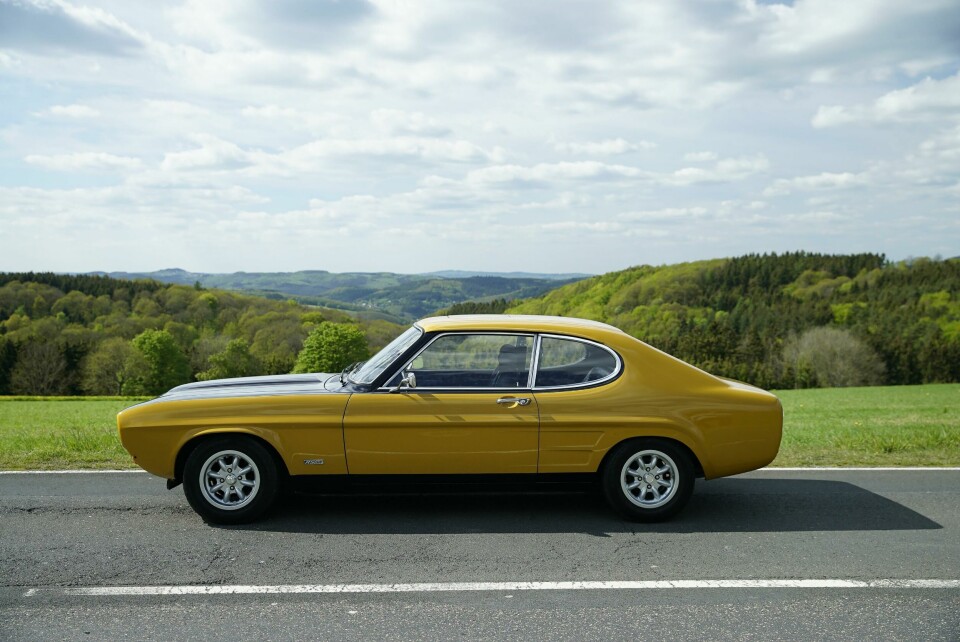
The interior is a clean space too – sharing the minimalist aesthetic of the new Explorer – as well as its secret locker space protected by the clever portrait-shaped and slidable centre touchscreen. Leenarts is also keen to promote its 17-litre central space below the front armrest where he says a large lady’s handbag can fit – or indeed, in our metrosexual age – perhaps a very masculine ‘man-bag’.
It’s a more sophisticated design than the current Puma, it’s just not really a Capri in shape or spirit
Space for knees and heads sitting in the back seats is genuinely good, and the boot is a sizeable 572 litres with the rear seats up and loaded to the seat back height. Pile in kit to the roof and you’ll get 627 litres to play with, or with the rear seats folded flat, 1,505 litres.

Ford has also tried to reinforce the idea that the new Capri is a spiritual heir to the original via the design department imagining what successive generations of the model might have looked like, had it continued through to now. The sketches must have been enjoyable to do, both in rendering style and execution and of course are knowingly contrived.
But the bit that might displease diehard Capri fans the most is the car’s imagined morphing into an crossover in 2007 with a sketch that looks somewhat like the 2006 Ford Iosis X concept (and which led to the very un-Capri 2008 Ford Kuga production car). Leenarts is ready for the question.
“Look at the history of how cars have been going, since the end of the nineties, with brands like BMW and the [X5] SUV,” he continued. “After that time, everybody’s been looking for a car where the [driver’s] eye point is relatively high, making them feel safe and where they can see the road better. So we did the exercise, to see what the Capri would look like if it had continued to live after 1986 – every ten years – and that makes a very logical story.”
Logical or not, the new Capri is no long-nosed, two-door coupé – and examples of that typology do still exist today in cars like the Bentley Continental GT. Similarly, the current jacked-up, five-door Ford Puma isn’t much like its 1997 three-door original either. Leenarts says Ford is leaning into its iconic nameplates – likening them to Marvel superheroes with superpowers – and that makes sense with so many new start-up brands and models rising up as competitors. Familiarity can be good, and new names cost a fortune to register and market.
But maybe the problem lies in cars wearing nameplates that don’t have enough visual – or even proportional – resonance with the models that preceded them. This is not for instance an issue with the Ford Bronco, which also had a long gap in its production history – the original model ran from 1965-1996 before being resurrected in 2020. The current version is still available as a three-door, still looks boxy and still looks like a practical and authentic 4x4, because it is.
Indeed, the Bronco’s design has won major plaudits, coming second in our Car Design Review 2020 Production Car Design of the Year award – as voted for by hard-to-please fellow designers. It’s too soon to see whether the Capri can do the same or better, but ultimately Ford and Leenarts will be much happier with strong customer sales than industry gongs. Case in point: the current Ford Puma hasn’t set the design world alight with critical acclaim, but it is an extremely popular seller in Europe.
The new Capri is a better-resolved and more sophisticated design than the current Puma, it’s just not really a Capri in shape or spirit. But then again, would you rather have something akin to a VW ID.5 in silhouette or name? Probably not. At least the Capri naming strategy has got the media talking about it (and a lot).
